Furniture 3D Modeling
7 Ways It Benefits Marketers and Manufacturers
Furniture 3D modeling made huge changes to the industry on the introduction and has almost supplanted traditional photoshoots at this point. This resounding success can be attributed to the fact that CGI solves a lot of difficulties that producers and retailers used to run into: using real-life props for creating promotional materials, limited lifestyle image options and long picture production time, to name a few. And, of course, the new market demands constant improvement of methods, strategies and technologies. This time we’ll explain how 3D rendering and modeling has revolutionized furniture marketing campaigns and management in general, as well as how it will enhance your business specifically.
#1. Furniture 3D Modeling Accurately Represents Designs On Paper
One of the first issues that become apparent during every furniture marketing campaign is accurately representing blueprints or sketches for promotional materials. Furthermore, pictures have to showcase merchandise in the best possible light, accentuating the main selling points. Props are not likely to fulfill those goals – they are cheap and act solely as design representations, not eye candies meant to attract potential customers. Furniture 3D modeling produces mathematically accurate items from blueprints, and in addition to photorealism is capable of spicing images up with visual effects, creative POVs and gorgeous lighting.
#2. It Introduces 3D Animation For Promotion And Presentations
Videos are always more enticing to viewers than static images, and even something as simple as a 360-degree view can change a client’s perception of an object. Filming a prop won’t work unless it is done with professional gear, which makes product 3D modeling the best cost-effective medium to visualize furniture in motion. In addition to the rotation, zooming in and out, 3D animation can easily make promotional materials and presentations exciting by adding fly-throughs in lifestyle environments, showing stages of item creation or going through the material, color or configuration options.
#3. 3D Modeling Makes for Faster And More Imaginative Prototyping
Prototyping products used to be a challenging task for furniture producers, since a “failed design” was a likely outcome without a realistic computer rendering of it. They would have to resort to meticulous testing in real life, spending hundreds, if not thousands of dollars on potentially unsuccessful items. Fortunately, furniture 3D modeling allows businesses to prototype their goods more accurately, cheaper and introduces more creative and imaginative ideas to be implemented, giving another edge in competition.
#4. Get Images Precisely Scaled To Real-Life Objects
Recreating blueprints as props is one thing, but representing item scale in 1:1 ratio is a different challenge. Sure, a chair or a table are relatively simple to make, but what about larger scale furniture – wardrobes, queen-size beds and so on? Not only are they more expensive to make, but getting them to photoshoots is a difficult task on its own. One of the main benefits of product visualization is that it is done within a digital environment, so there is no need to produce props for promotional materials, as well as other purposes, and then lug them to remote locations for shooting or testing. On top of that, furniture 3D modeling with respective software lets 3D artists create objects of any size, from small decor to entire skyscraper-sized pieces in 1:1 ratio. Resulting images, in addition to classic marketing or prototyping, can be put to good use for product websites, so that customers may know exactly how products will fit their houses.
#5. Enhance Lifestyle Images With Realism
The goal of any lifestyle image is to entice potential customers. It shouldn’t show just how good the product is, but how it meets the buyer’s interest. Traditional photography can offer studio photoshoots within preset environments, maybe a green screen with a few special effects. Modern clientele may find it not that impressive, to say the least. Also, the “staged” feeling that resulting pictures have can be offputting. The solution is simple – making images look as realistic and natural as possible. Top-notch product 3D modeling is capable of photorealistic visualization of any kind of environment, showcasing rooms from all angles to cement the idea of that place being real. Such images have proven time and time again to be very effective in attracting potential clients.
#6. Reuse Assets With Minimal Effort
It is always a good idea to have promotional materials for all kinds of occasions. In particular, seasonal and festive decor to compliment products is a long-used tactic. But using visuals from previous times is not a wise idea. So how to keep the pictures looking fresh without too much investment? Well, CGI has a cheap and effective solution to that. Another great change that furniture 3D modeling has brought is that digital assets can be reused in later marketing campaigns. As such, with just a few minor changes or basic rearrangement of elements in the render, new and original pictures can be produced from, essentially, old ones. Cheap and effective, as all marketing tools should be.
#7. Add Customization Features To Product Websites
Modern marketing is inseparable from the Internet, namely, product websites. Millennial clientele, that has started gaining more and more ground in any sphere, has its demands to advertising Internet content. For instance, just images are not enough – they have to be interactive, with ability to zoom in, rotate and, most importantly, customize the purchase. This would require producing all variations of products, every material, every colour. A huge task even for a relatively large company, provided they use traditional means. If they use furniture 3D modeling, it’s completely different story. Essentially, 3D renders are the same item with different textures and colours, so producing visuals of all the variants is much easier than making new items.
[sc name=”lm-pricelist”]
Furniture 3D modeling has changed the way businesses approach advertisement and prototyping. It’s just cheaper and produces results faster than any traditional means while also looking just as good as professional photographs. And the cherry on top? You can easily stock up on pictures for any purposes in bulk, and reuse assets from previous sales. Want to make your business more efficient and lower costs for promotional material production? Revolutionize your marketing campaigns with our 3D product modeling services and reap the benefits!
Leave a Reply
Want to join the discussion?Feel free to contribute!

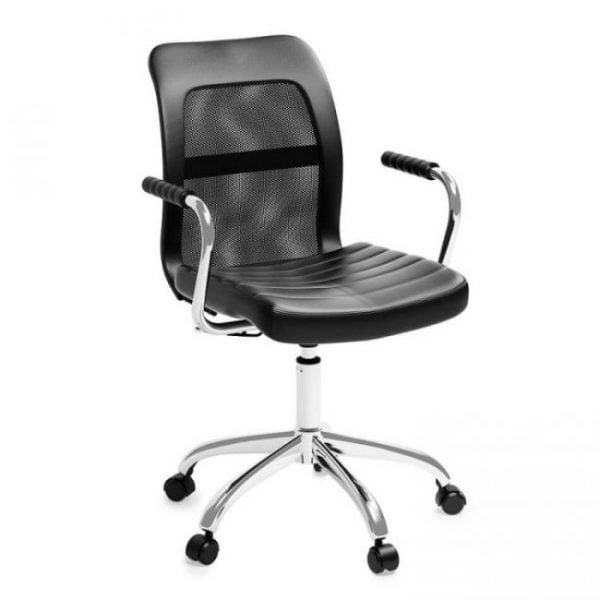
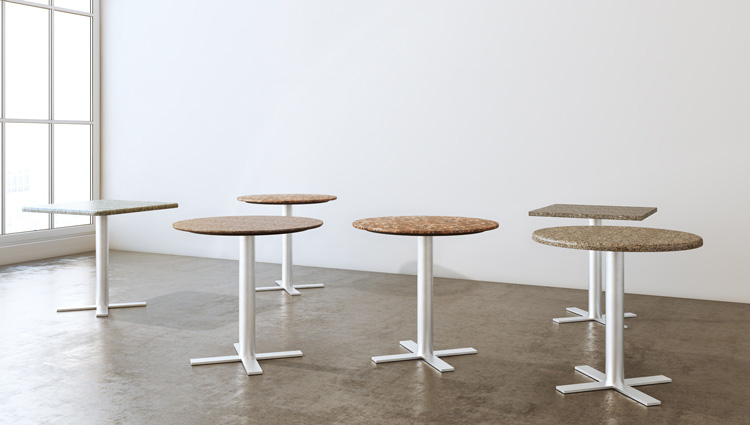
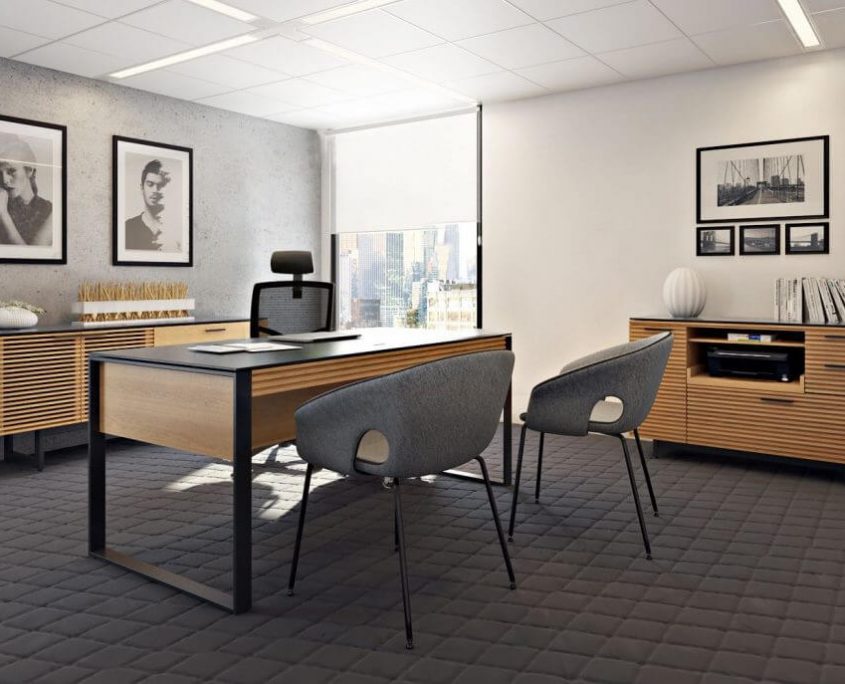
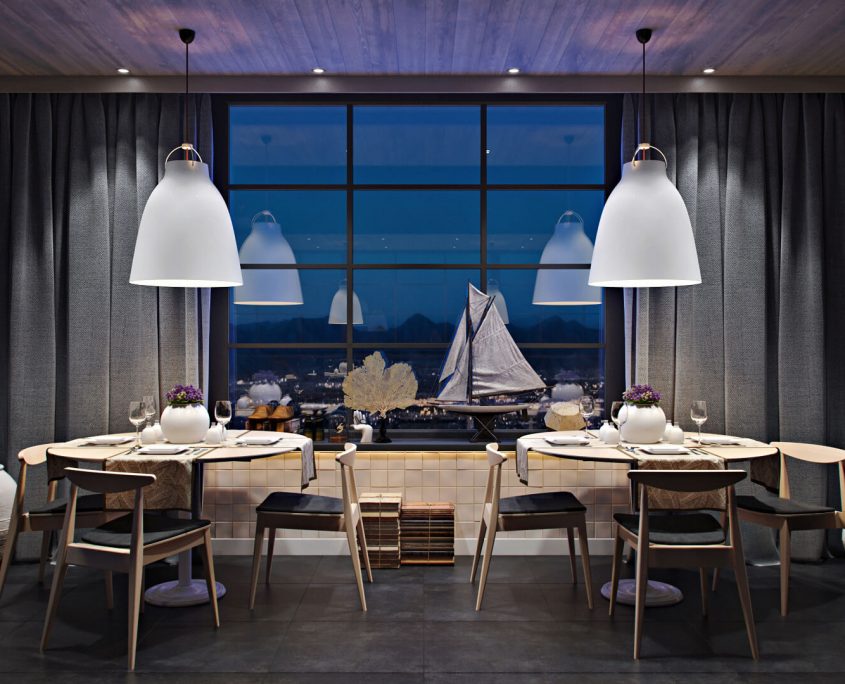
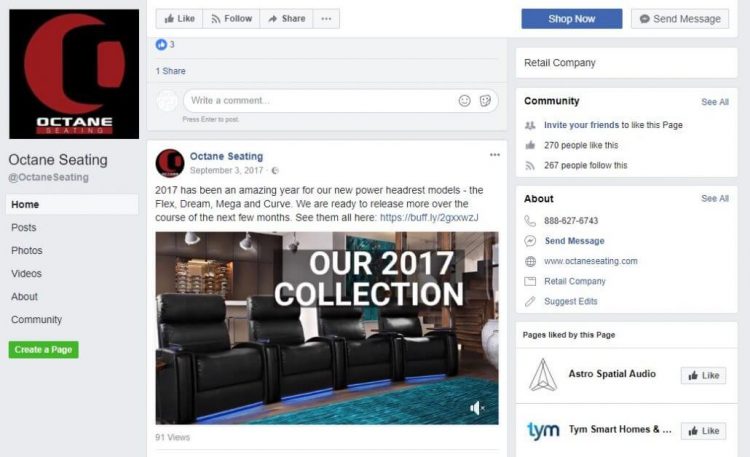

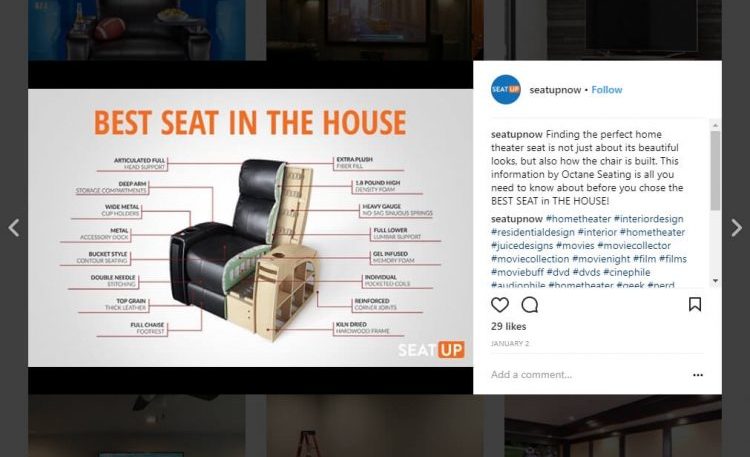

This article provides great information about 3D furniture modeling. Thanks for sharing.
Thanks for sharing this post and Impressive site you have thank you all